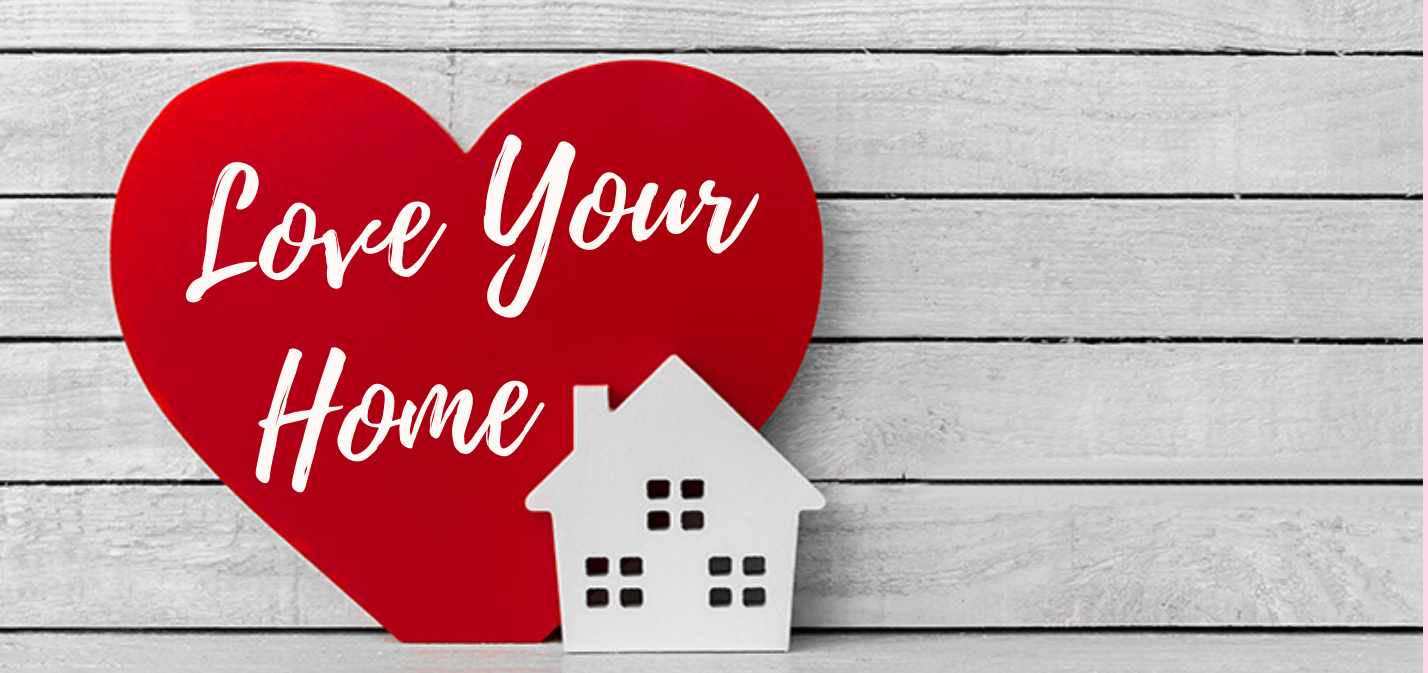


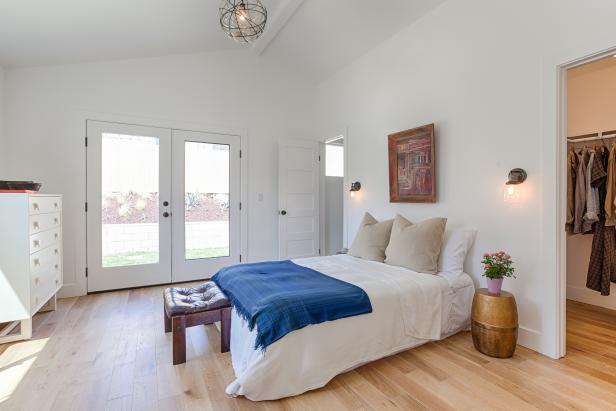
STEP 1
Remove Clutter
Clean up clutter. The less stuff in your house, the fewer places for allergens to hang out. And, just as important, the easier it will be to clean thoroughly once a week.
Get rid of old rags, newspapers, clothes and other porous items.
Limit knickknacks, magazines, and other dust catchers that you don't use or enjoy.
Focus on bedrooms especially, because you and allergens both spend more time there.
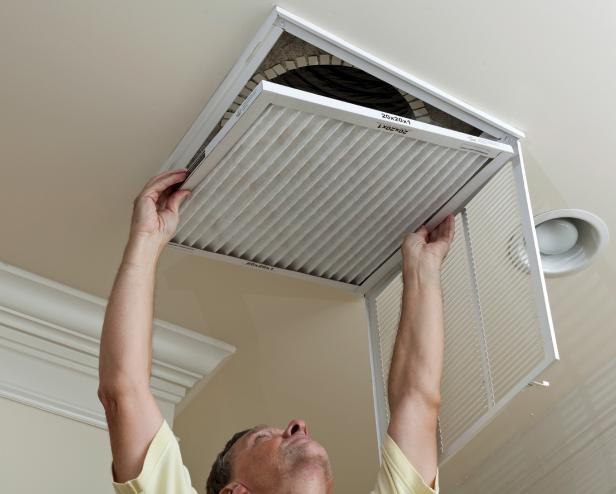
STEP 2
Clean the Air
Making your home inhospitable for allergens sounds like a daunting task. In a particulate sense, it's going to be you against millions of mold spores, dust mites and pollen. Fortunately, though, you're smarter than these minute microbes, and following these tips can help you keep allergies at bay. A well-ventilated house and nonleaking ductwork is a first line of defense against bringing allergens into your living space. Use HEPA (high-efficiency particulate air) filters in the air conditioning system.
Maintain the humidity level in the house at about 50 percent. Mold likes moisture, and dust and pollen are easily stirred in dry air.
Keep your windows closed when pollen counts are highest: in the early morning hours, between 10 am and 3 pm, and in windy conditions.
Pollen and mold spores settle on clothing, so when you come in from outdoors, remove your outer garments in the mud room, and take a shower.
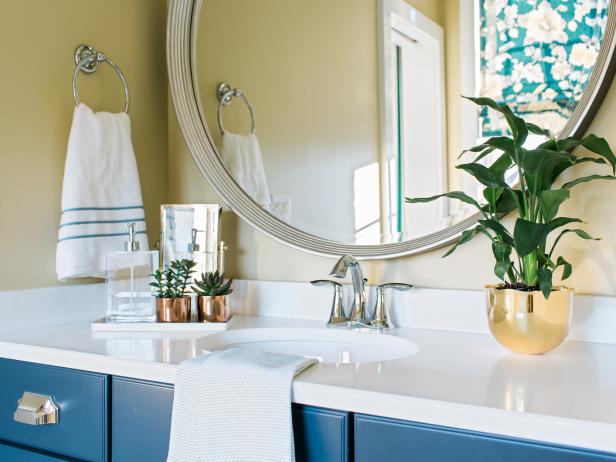
STEP 3
Clean the Cleaning Room
Your bathroom is for mold what your bedroom is for dust mites — heaven at home.
Inspect water pipes for leaks and fix.
Regularly clean walls with a nontoxic cleaner.
Make sure that ventilation fans are routed to the outside, and run them for 30 minutes after a shower or bath.
Scrub away mold on pipes and fixtures.
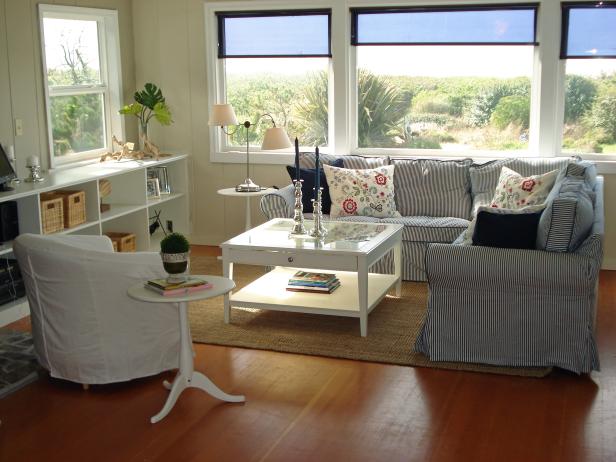
STEP 4
Reduce Dust Generators
Fabrics and carpeting generate help create dust by the breaking down of fibers. Consider pitching curtains, high-pile carpeting and upholstered furniture in the bedroom: all cozy accommodations for allergens.
Best bet: washable throw rugs over wood, linoleum or tiled floors.
Damp mop regularly, and clean walls and other surfaces.
If you must have carpeting, make it short, tight pile and vacuum weekly with a cleaner that has a small-particle or high-efficiency particulate air (HEPA) filter.
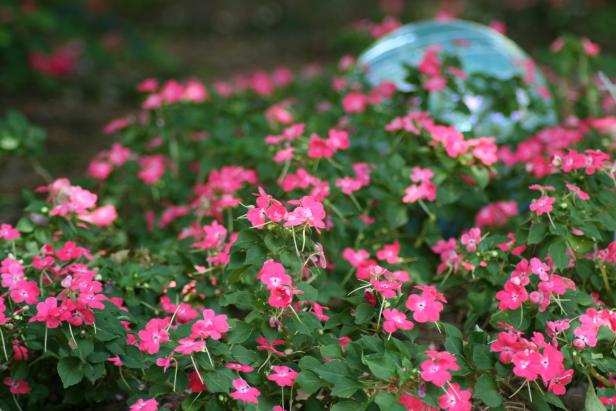
STEP 5
Smart Landscaping
Make smart selections for the landscape. The yellow, sticky pollen that bees carry from plant to plant rarely causes allergic reactions. It's the fine, lightweight particles that are blown about by wind that trigger discomfort.
Avoid adding allergenic trees like maple (male), birch and ash (male) to the landscape. Instead, choose low-allergy trees like dogwood, double-flowered cherry and magnolia. Female ash and female maple trees are considered low-allergy, too, but buy from a reliable nursery source to be sure of the tree's gender.
Low-allergy flowers include astilbe, impatiens, hosta, scabiosa, columbine and viola.
Current Home Evaluation
Looking for Investment Properties?
Let us know what you need


©2019. All rights reserved